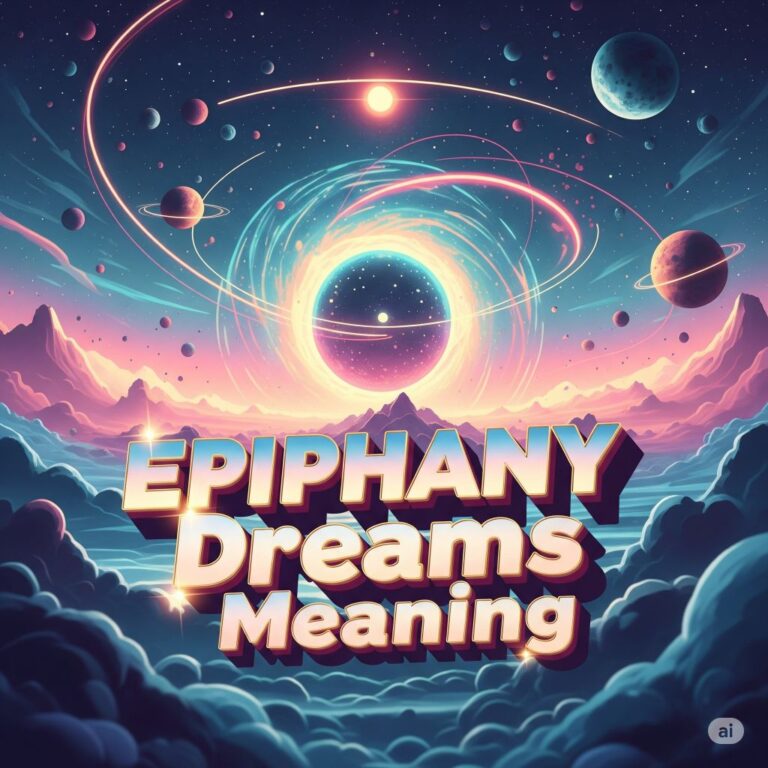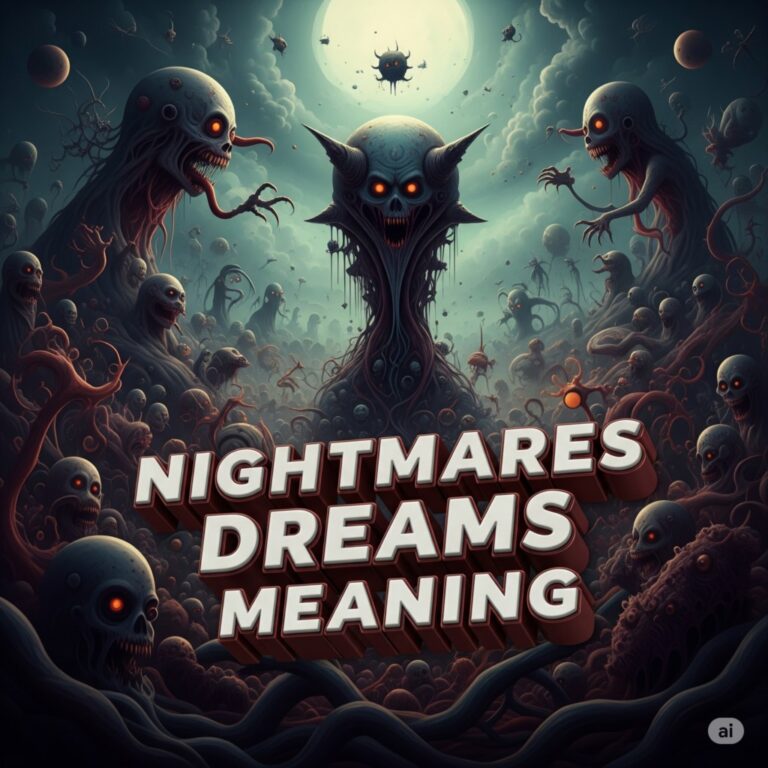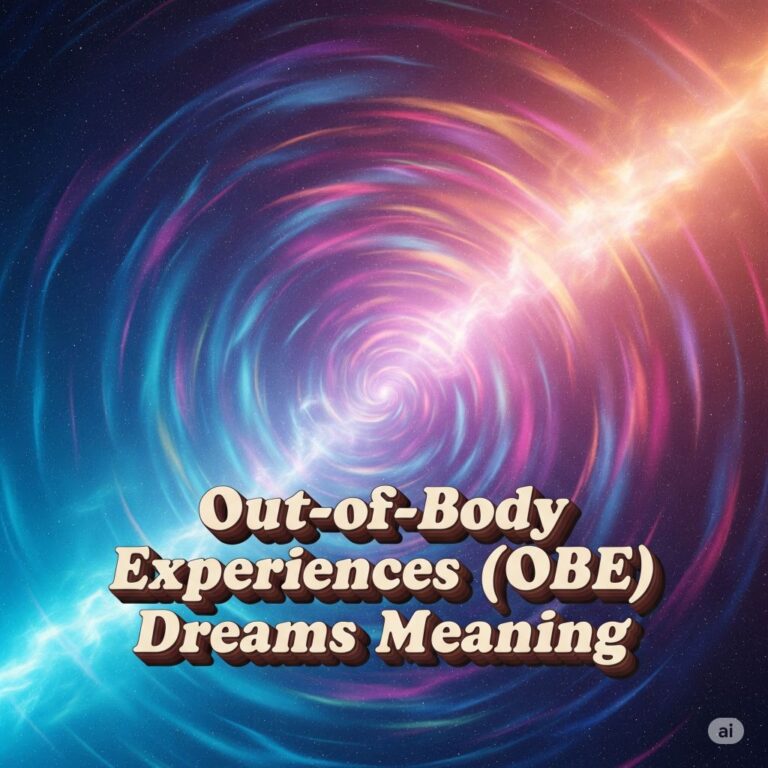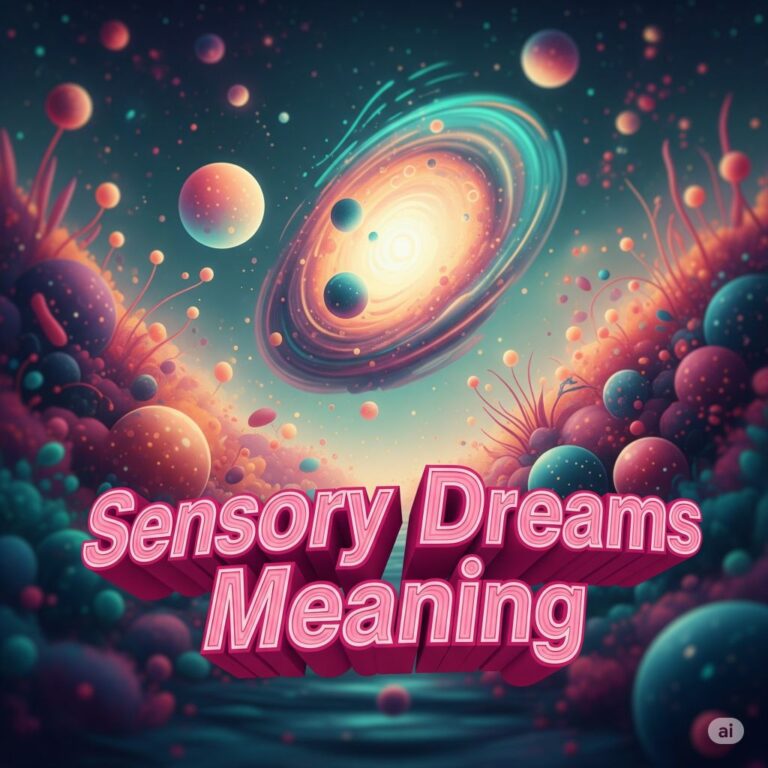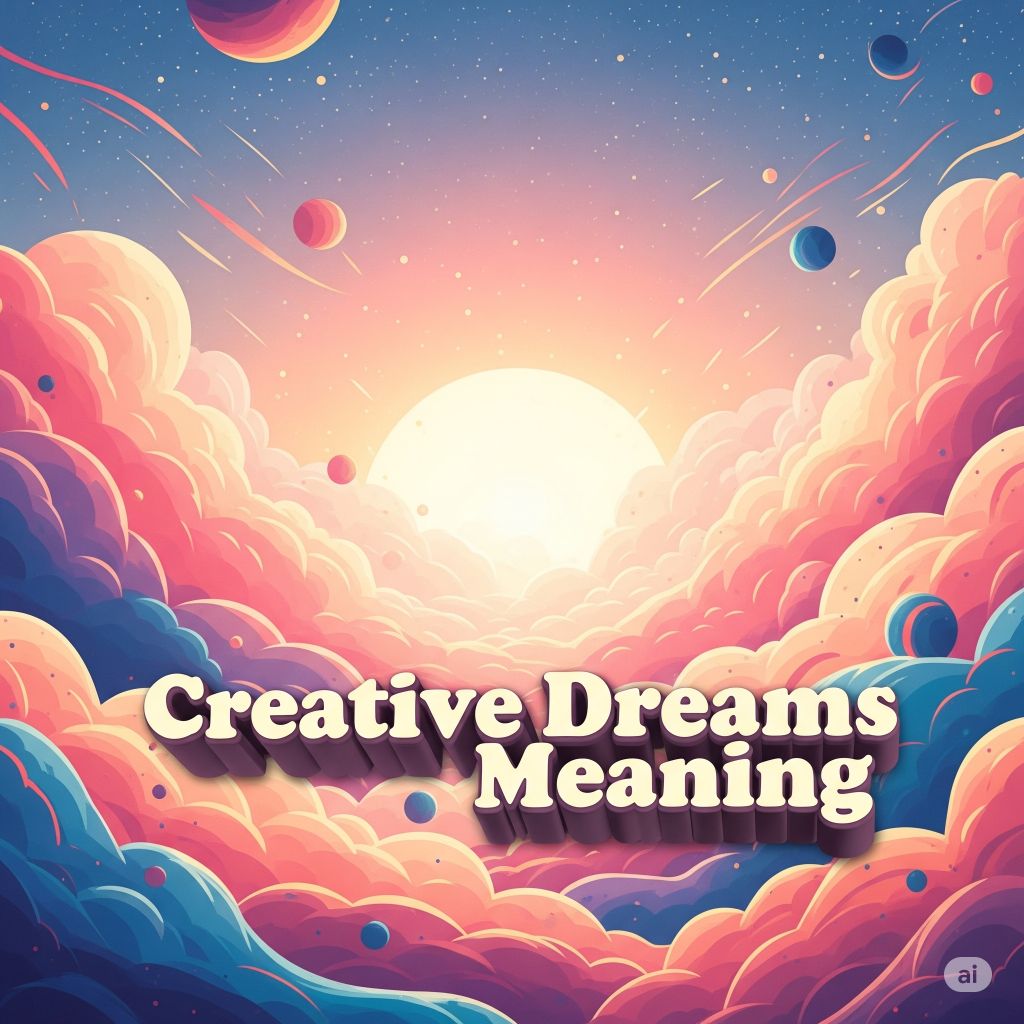
Throughout history, some of humanity’s most striking breakthroughs—whether in art, invention, literature, or science—have arisen from the mysterious world of dreams. These so-called creative dreams are not just idle nighttime meanderings, but powerful generators of new ideas, solutions, and inspiration. Many creative individuals intentionally court such dreams, recognizing their value for personal growth and innovation.
What Are Creative Dreams?
Creative dreams are dreams that:
- Provide new solutions to problems (“aha!” moments)
- Inspire artistic, musical, technical, or scientific ideas
- Present striking visual, auditory, or narrative content
- Are remembered for their originality rather than just their emotional impact
Anyone can have creative dreams—from schoolchildren doodling new monsters to scientists unlocking scientific puzzles. These dreams stand apart for the sense of “genuine discovery” and the freshness of their imagery or concepts.
The Science of Creativity in Dreams
1. How They Happen
- REM Sleep: The brain is highly active during REM (rapid eye movement) sleep; emotional and associative centers are “unbound,” enabling novel connections.
- Logic vs. Imagination: The prefrontal cortex (logic and self-control) is muted, while the limbic system (emotion, imagination) dominates, allowing new syntheses to emerge.
- Memory Processing: Dreams mix day residue (what you saw or thought about that day) with older memories, random images, and latent concerns, which can produce surprising juxtapositions.
2. Why Dreams Are Creative
- They are unconstrained by normal logic.
- They permit “impossible” combinations—something conscious minds might reject.
- Emotional resonance makes ideas “stick”—if an image or solution feels powerful, it’s more likely to be remembered.
Famous Examples of Creative Dreams
Many famous breakthroughs emerged directly from dreams:
| Name | Field | Creative Dream & Result |
|---|---|---|
| Dmitri Mendeleev | Chemistry | Envisioned the periodic table’s arrangement in a dream. |
| Mary Shelley | Literature | Dreamed Frankenstein’s monster before writing her famous novel. |
| Paul McCartney | Music | “Yesterday” melody came to McCartney in a dream. |
| Elias Howe | Invention | Design of the sewing machine needle revealed in a nightmare. |
| Otto Loewi | Neuroscience | Nobel-winning idea (“spark of life”/acetylcholine) came in a dream. |
| Salvador Dalí | Art | Used sleep and the “hypnagogic” state to induce surreal, inventive images. |
Among others, artists like Beethoven, Coleridge, and Einstein have described solving creative problems or experiencing revelations in dreams.
Types of Creative Dreams
1. Problem-Solving Dreams
A pressing challenge (personal, creative, technical) appears in dream form, often with bizarre or symbolic imagery that points to a real solution.
2. Inventive, Narrative or Visual Dreams
Dreams provide stories, poems, melodies, inventions, or remarkable visual scenes. Sometimes entire works come “fully formed.”
3. Transformation Dreams
An existing work (e.g., a painting, song, or idea) morphs into a new variation, offering improvement or direction.
Interpreting Creative Dreams
To understand and use creative dreams:
- Write down everything—no matter how strange—it might hold the germ of a creative project.
- Look for metaphors: Is your dream pointing at a new way to combine familiar things?
- Notice emotional highlights: What images or scenes stuck with you? Why?
Creative dreams often speak in the language of symbol and feeling rather than plain explanation. The more you engage with them, the clearer their message can become.
How to Cultivate Creative Dreams
1. Dream Journaling
Keep a notebook by your bedside. Write your dreams as soon as you wake up—especially details that seem original, curious, or solution-oriented.
2. Dream Incubation
Before bed, focus your mind on a creative challenge or question—ask your subconscious for insight. (“How can I solve this design problem?”)
3. Sleep Hygiene
Quality sleep increases REM, where creative dreaming is most likely. Good habits include regular sleep hours, winding down, and avoiding screens late at night.
4. Artistic Practice
Use dream material directly! Paint, write, compose, or build using imagery or ideas from your dreams, however fragmentary.
5. Lucid Dreaming
With practice, you can become aware you are dreaming and intentionally explore ideas within the dream (“lucid dreaming”). This is a powerful, though advanced, tool for creativity.
Cultural and Historical Perspectives
- Indigenous Cultures: Many regard dreams as a direct pathway to inspiration, invention, or guidance from ancestors or spirits.
- Ancient Greeks: Temples called Asklepions were designed for “incubation,” where seekers dreamed for healing and guidance.
- Modern Science and Art: Many artists and inventors purposely use dreams to enhance creativity—sometimes by keeping themselves on the threshold between waking and sleep (the “hypnagogic” state).
When Creative Dreams Become More
Sometimes, creative dreams are so vivid or persistent that they drive a person toward a new direction in life—a change of job, the start of a project, or a radical personal shift. These are sometimes called “big dreams” or “numinous dreams” and can be transformative.
Integrating Creative Dreams Into Everyday Life
- Act on inspiration: Don’t dismiss it just because it came from a dream. Some of the world’s greatest creations began this way!
- Try new combinations: Dreams love to blend things—images, ideas, techniques—you can do the same in waking life.
- Create a ritual: Set aside time to review your dream journal weekly and see if patterns or ideas emerge.
Conclusion
Creative dreams are a wellspring of innovation, artistry, and self-discovery. By attending to their messages, honoring their originality, and integrating their insights, you can unlock new levels of inspiration and unlock hidden reserves of ingenuity that enrich every part of your life.


